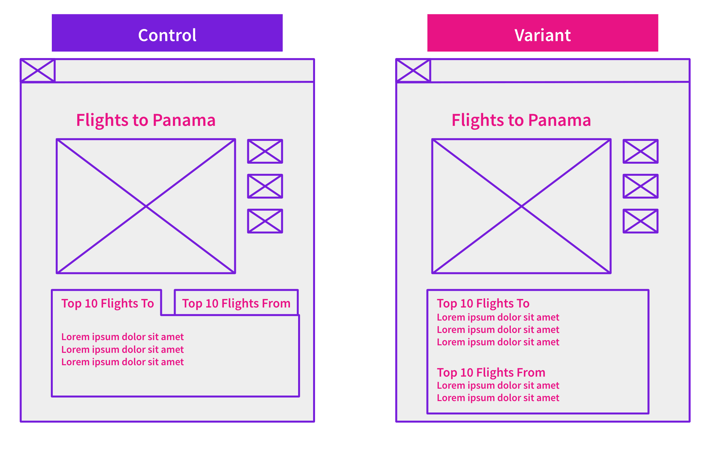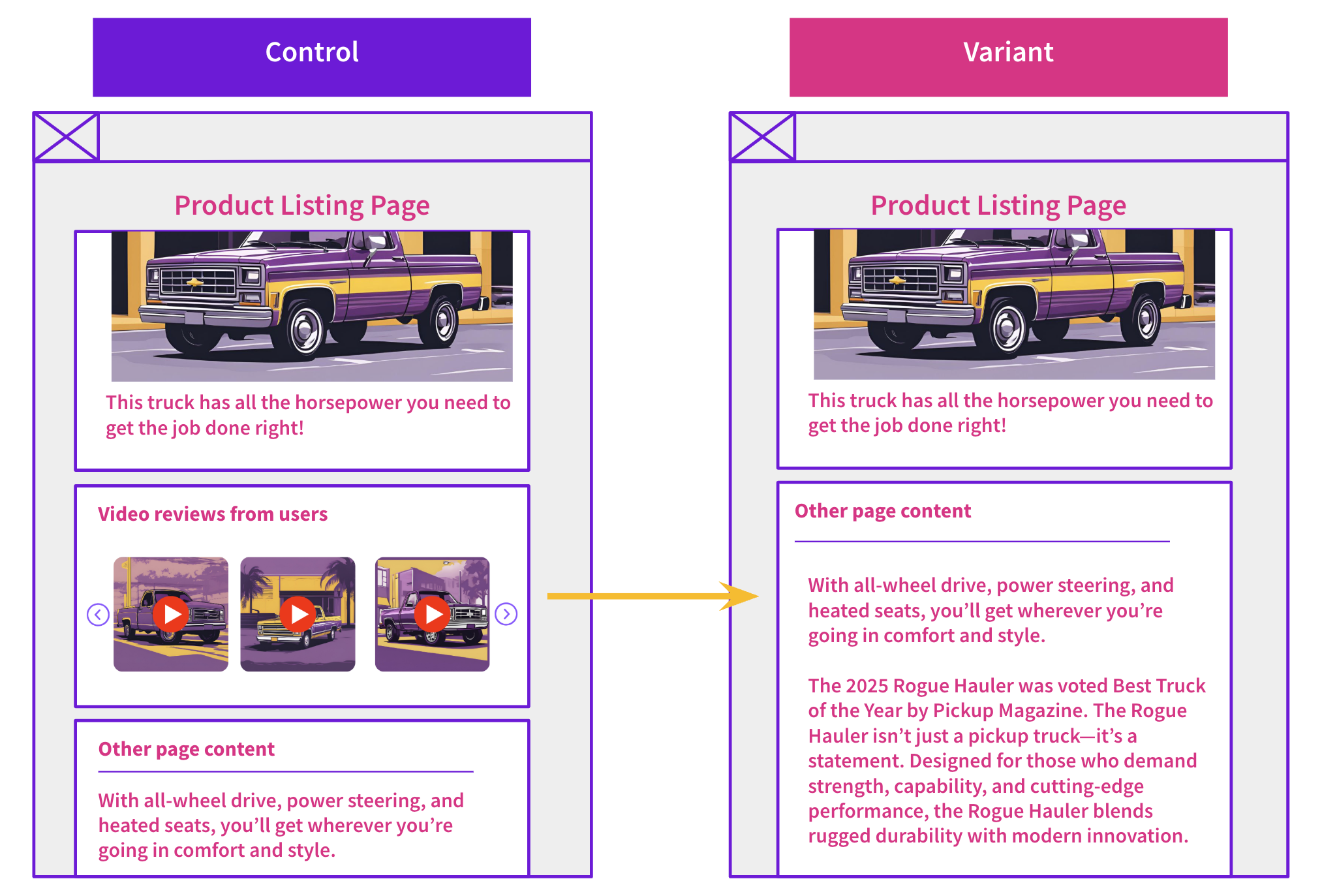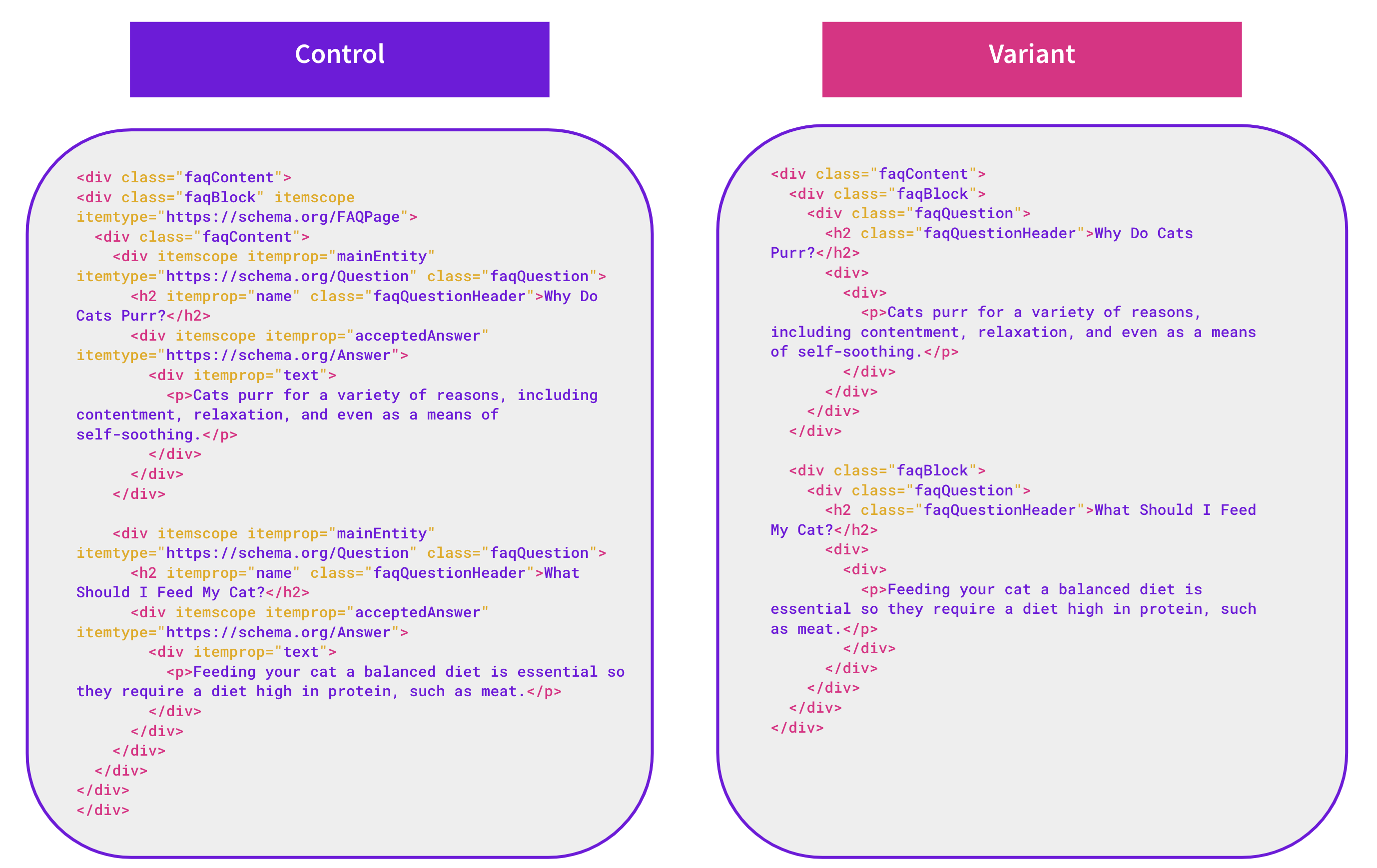Start here: how our SEO split tests work
If you aren't familiar with the fundamentals of how we run controlled SEO experiments that form the basis of all our case studies, then you might find it useful to start by reading the explanation at the end of this article before digesting the details of the case study below. If you'd like to get a new case study by email every two weeks, just enter your email address here.
For this week’s #SPQuiz, we asked our Twitter followers what they thought the impact on organic traffic was when we took internal links that only loaded through client-side JavaScript and added them to the HTML.
Here’s what people thought:
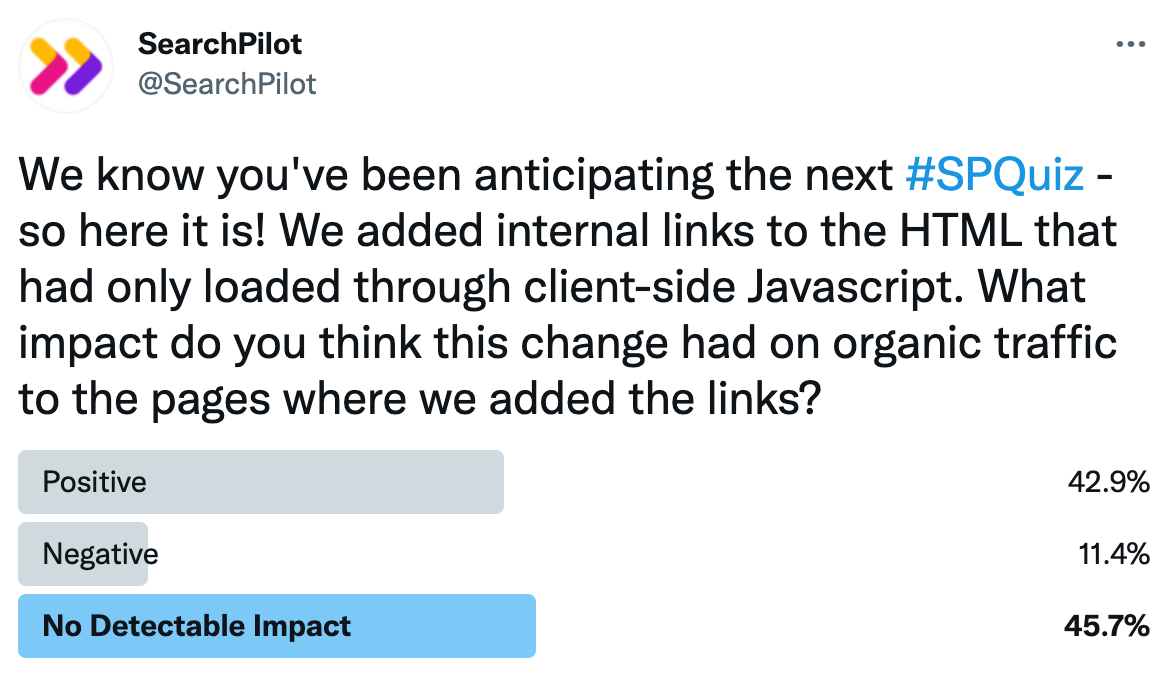
From our followers, about 40% were split thinking this change had either a positive impact or no detectable impact, while 11% believed it would negatively impact organic traffic.
The result from this test was that there was no detectable impact!
Want to know why? Read the full case study below to find out why!
The Case Study
It’s becoming increasingly popular for websites to migrate to JavaScript frameworks, whether for adding simple components, such as widgets or redesigning their entire website. As we move towards JS-operated sites, we are curious to know its impact on organic traffic, if any.
We tested this exact question when a customer of ours wanted to know if it would improve their performance in search if they replaced links rendered only through JavaScript with static links on the page.
Our customer operates in the travel sector, and prior to this test, had two sets of “Popular Flights” links in a JS component. There were two page types being linked to in this component - each tab had links to the top 10 pages for each page type. The links in the first tab were exposed and existed in the source HTML, while the other set of links were hidden behind a tab that was only rendered through JS. They wanted to know whether making the hidden links server-side rendered on the page would improve their organic performance.
We tested making the popular flights’ links accessible without JavaScript and injected them directly below the flights-to links on the page, removing the extra tab.
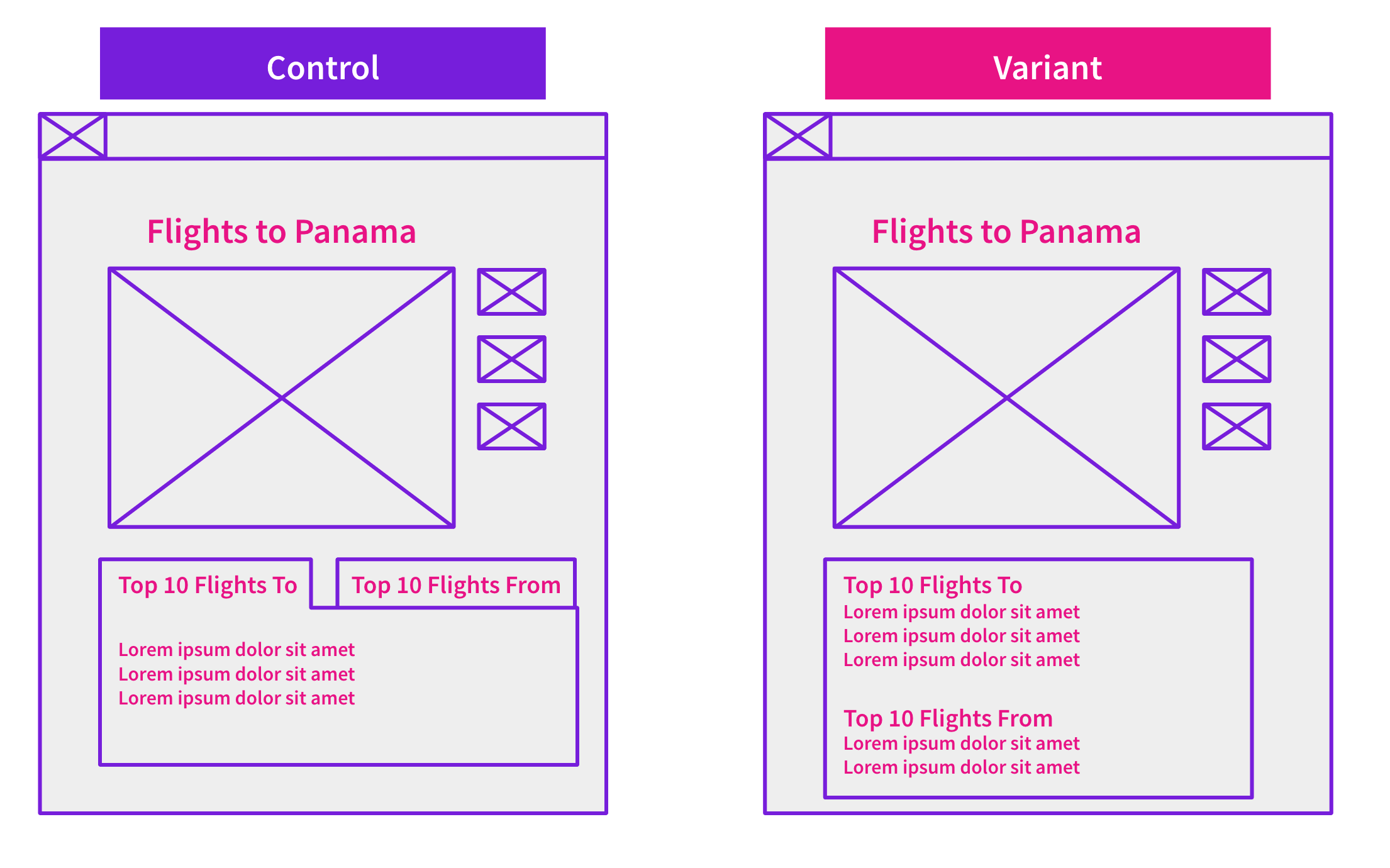
The above image shows a difference between the control and variant pages. The variant links, previously behind a tab that only rendered if you had JavaScript enabled, were now exposed on the page.
The chart below shows the impact of this test on organic sessions:
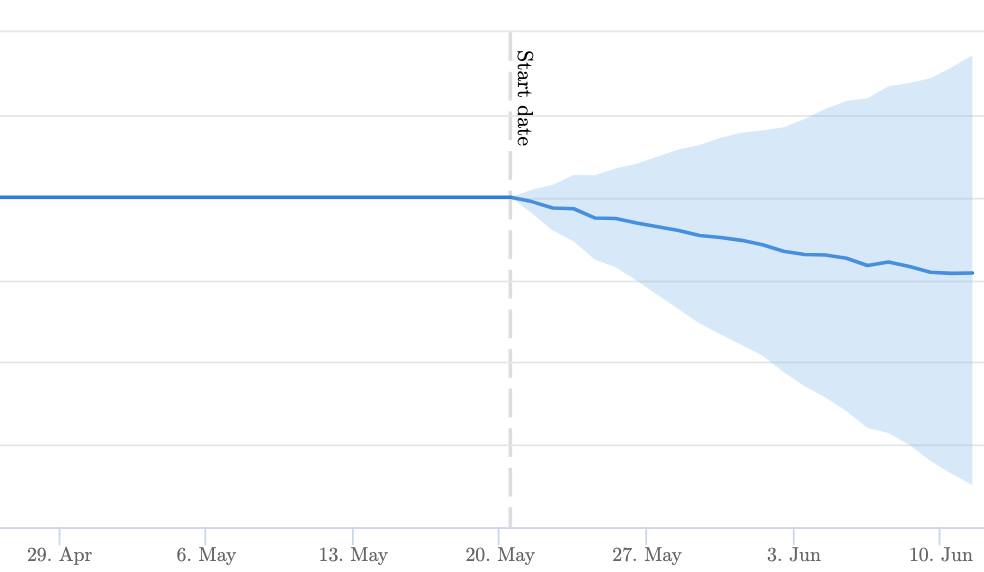
This change resulted in an inconclusive outcome on organic traffic when measured at the 95% confidence interval. However, it’s worth noting that we didn’t measure the impact on the links that were now exposed. This test was designed to measure the impact of the pages on which we changed the links rather than any internal link equity impacts.
We believed that making links apparent to, and more likely to be rendered by, crawlers would quickly have a positive impact, but this wasn’t the case. While we cannot draw any accurate conclusions, we believe they were not adding any detectable value to these pages, whether the links were being rendered or not.
With more websites migrating to JavaScript frameworks every day, running a test like this has shown us that we cannot truly predict how search engine crawlers interpret these changes. In previous tests, we’ve seen positive results with implementing JavaScript and positive results reducing JavaScript, so there’s no one-size fits all approach when it comes to JS frameworks.
To receive more insights from our testing, sign up for our case study mailing list, and please feel free to get in touch if you want to learn more about this test or our split-testing platform more generally.
How our SEO split tests work
The most important thing to know is that our case studies are based on controlled experiments with control and variant pages:
- By detecting changes in performance of the variant pages compared to the control, we know that the measured effect was not caused by seasonality, sitewide changes, Google algorithm updates, competitor changes, or any other external impact.
- The statistical analysis compares the actual outcome to a forecast, and comes with a confidence interval so we know how certain we are the effect is real.
- We measure the impact on organic traffic in order to capture changes to rankings and/or changes to clickthrough rate (more here).
Read more about how SEO A/B testing works or get a demo of the SearchPilot platform.
